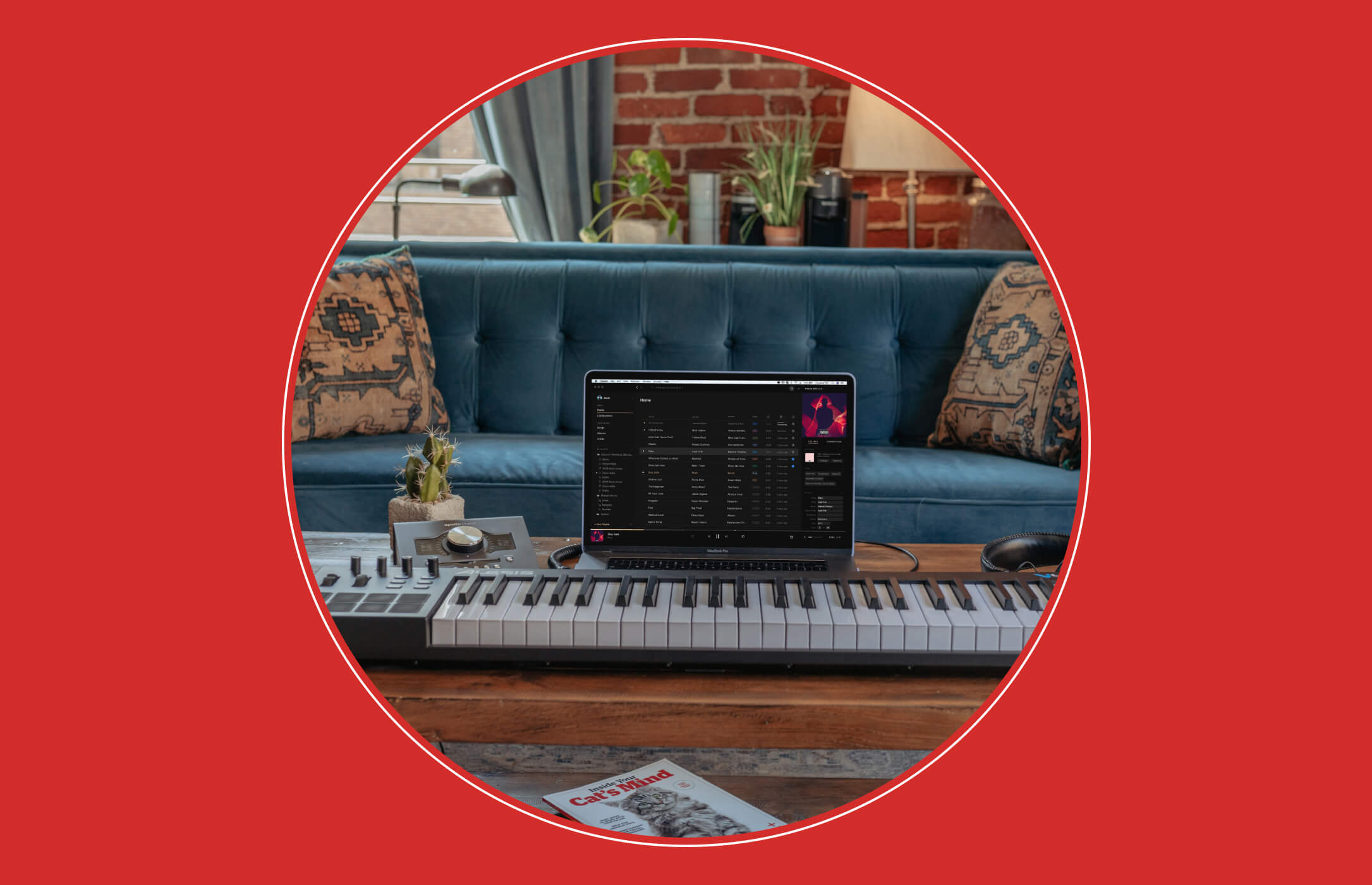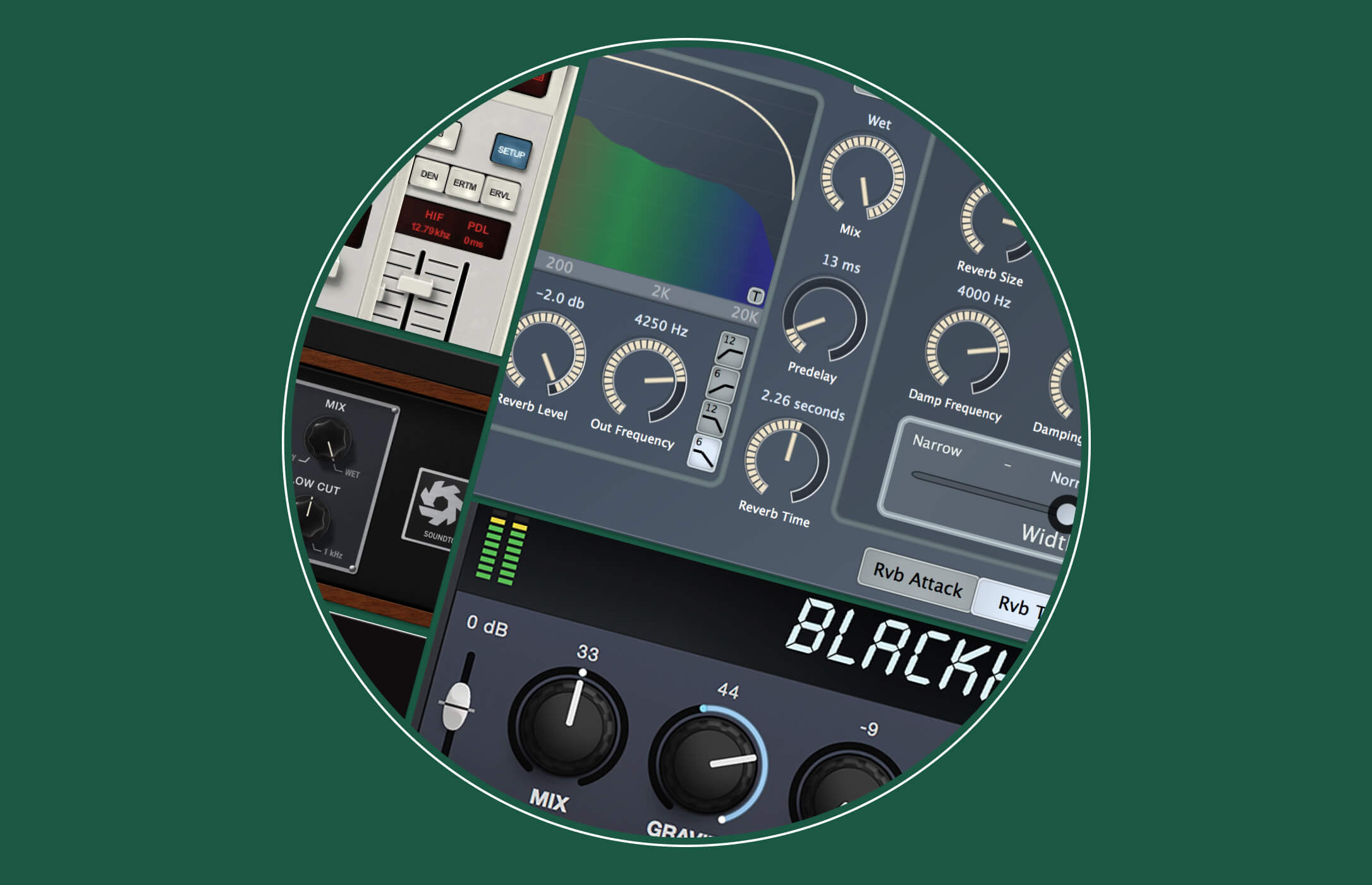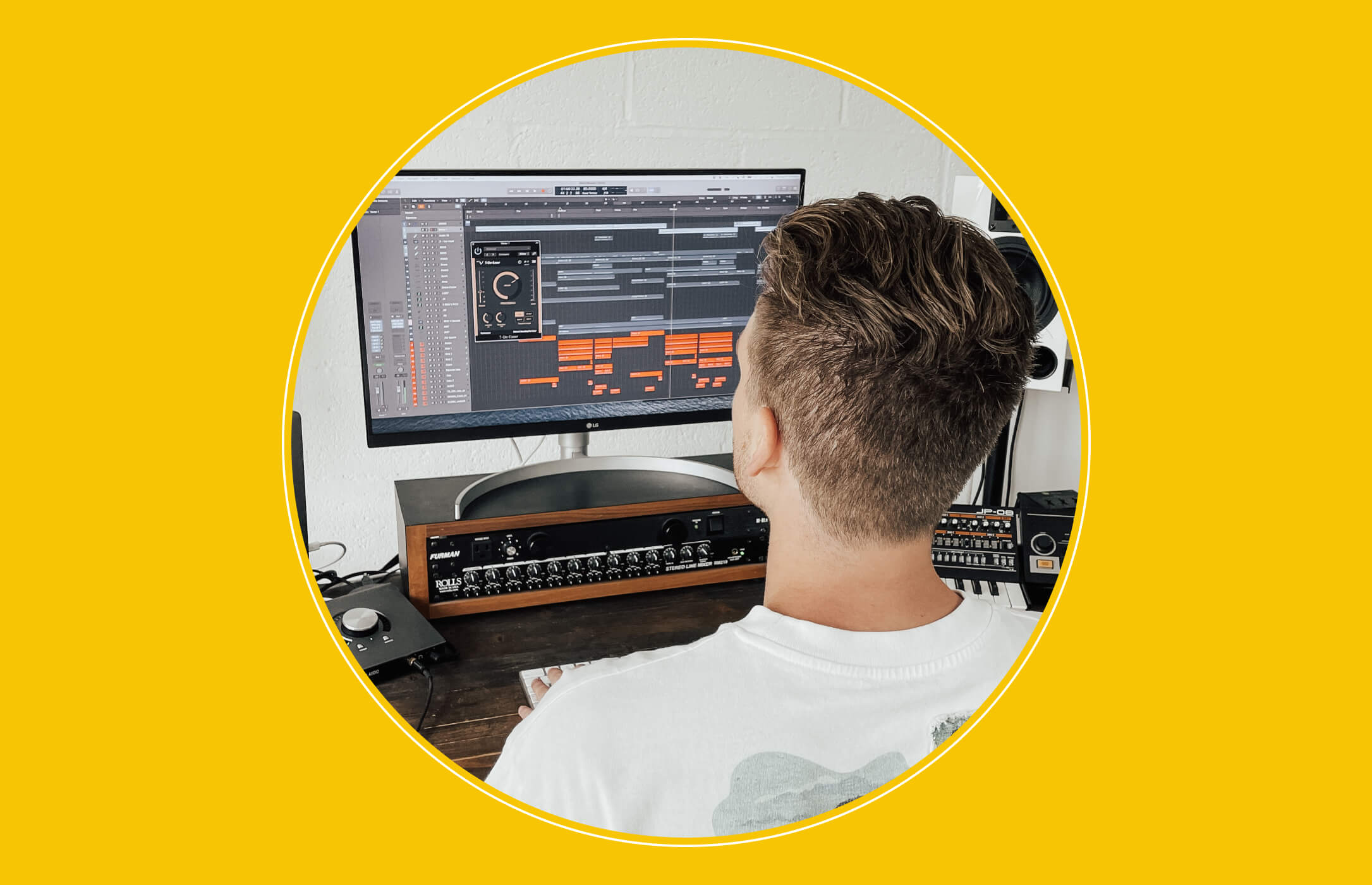5 Tips On Mixing With Delays
Using delays in your mix is a great way to add depth and width to a track when used correctly in the right situations. Below I’ll explain some of my top tips and tricks for using delays when mixing your vocals tracks, but everything can be applied to different sound sources or instruments!
Firstly, LISTEN to your sound source — does it need a delay? Not everything needs effects and processing, if it sounds good it sounds good! Spend time choosing a delay, they all sound different. From analogue delays to digital delays, there’s so many! Use your ears on this one.
Create Width and Depth
When you hear mixes done by the professionals there’s often a lot of depth and width, but how do they do this? The answer is delays! Using a stereo delay on things such as a vocal gives it space in a mix. If you want your vocal to have width try a stereo slapback delay (very short time and usually no feedback). If you want more depth but still want that width try and do a 1/8 – ¼ delay. This means setting the right and left time differently, this is what I commonly use on pop or ‘big sounding’ vocals.
Sidechain Compression
This is a big one for me! If you find your lead dry vocal becoming pushed further back into the mix or even becoming muddy because the delay is overlapping the lead sound, use a sidechain compressor. Simply insert a compressor onto your delay bus and feed your dry vocal signal into the sidechain. Adjust the threshold so when there is signal from the lead vocal the delay will slight duck out of the way. And of course, this will also work for other sound sources perfectly.
Automation
Now then, why do I need to use automation if I’m sidechaining my delay? Well, sometimes it’s just not enough! At the end of a vocal line or hook you might want your delay to have a tail, you’ve adjusted your sidechain compressor to be perfect, and adjusting that would ruin your current delay sound. Automate it! Simply grab the end of the delay bus on your sound source and increase the volume at the given time. You can also create manual fades within your automation which will sound smoother.
Delay Throws
This is what I refer to as ear candy. It’s catching the listeners’ attention by maybe filling a gap in the song or vocal with a delay throw. Done correctly and you’ll be sure to catch the attention of a listener and draw them in. For this one, I would be inclined to use a completely different delay with different characteristics. Again, automation is key when doing this sort of thing as depending on the taste you may only use a delay throw on one or two words.
EQ (Filtering) Your Delay
EQ’ing a delay can be anything from subtle changes, to manipulating the sound. I tend to use a low pass filter on my vocal delays. This is because sometimes a vocal delay can become quite sibilant and therefore quite harsh and it will stick out the track too much (you shouldn’t need the high end of a delay on a vocal). Removing those highs and small amounts of high mids will help the delay sit better in the mix and not sound harsh.
Smoother Delays
A little trick I do to get smoother delays is by feeding my vocal delays into a reverb. This creates a really nice space for the vocal. Sometimes it takes a few goes to step up (i.e. getting the reverb right and the correct level) but the results can be great.
Layering Delays
As a producer or mixer, you can use delays to create new sounds. This is really fun to mess around with, stacking delays and layering them to create new textures. You can actually end up creating a whole new sound altogether!
Written By Harrison Moss



